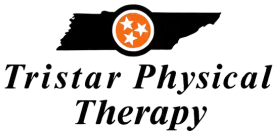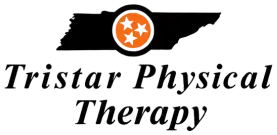Importance of Proper Physical Therapy for Sports Injuries
Physical therapy is an essential component of managing sports-related orthopedic injuries. Proper physical therapy helps athletes recover from their injuries more quickly and safely while also reducing the risk of re-injury. It provides the athlete with a customized treatment plan that includes exercises to improve range of motion, strength, and flexibility. It also helps athletes regain their confidence and improve their mental and physical well-being.
A licensed physical therapist will assess the injury and develop an individualized treatment plan that addresses the athlete’s specific needs and goals. The treatment plan may include manual therapy, such as massage or joint mobilization, and therapeutic exercises. By following the treatment plan, the athlete can recover from their injury and return to their sports activities safely and quickly.
Strategies for Managing Sports-Related Orthopedic Injuries
There are several strategies for managing sports-related orthopedic injuries through physical therapy. Firstly, early intervention is critical to prevent further damage and promote faster healing. Rest, ice, compression, and elevation (RICE) is a common treatment protocol for acute injuries, such as sprains and strains. Physical therapy can also help athletes manage chronic injuries, such as tendinitis, through exercises that help improve range of motion and strength.
Secondly, physical therapy can help athletes return to their sport safely by addressing any muscle imbalances or weaknesses that may have contributed to their injury. This includes exercises that target specific muscles and improve overall strength and stability. Additionally, physical therapy can improve an athlete’s technique and form to prevent future injuries.
Lastly, physical therapy can help athletes manage pain and improve their mental and emotional well-being. Orthopedic injuries can be stressful and can cause anxiety and depression. Physical therapy can provide emotional support to help athletes cope with the physical and emotional aspects of their injury.
In conclusion, proper physical therapy is essential for managing sports-related orthopedic injuries. It helps athletes recover from their injuries safely and quickly, reduces the risk of re-injury, and improves their overall well-being. By working with a licensed physical therapist, athletes can get back to their sports activities and perform at their best.

